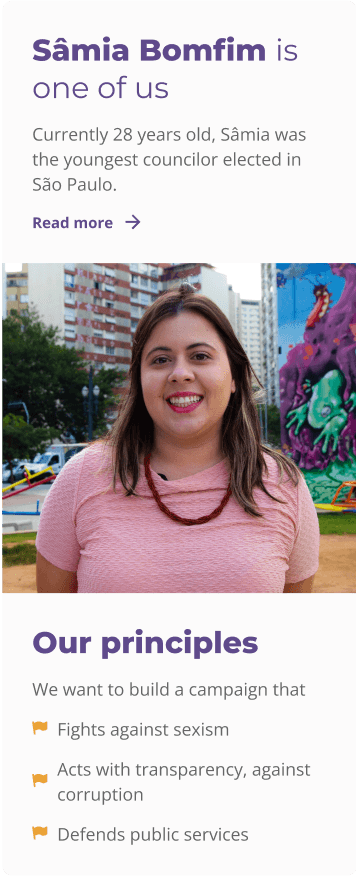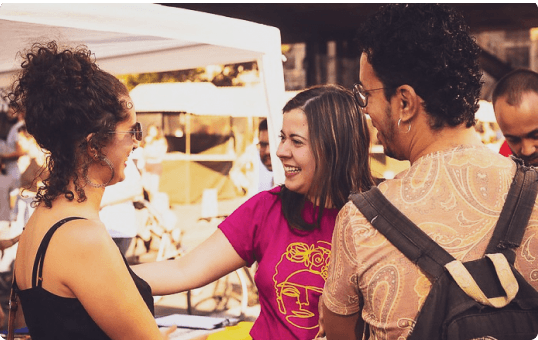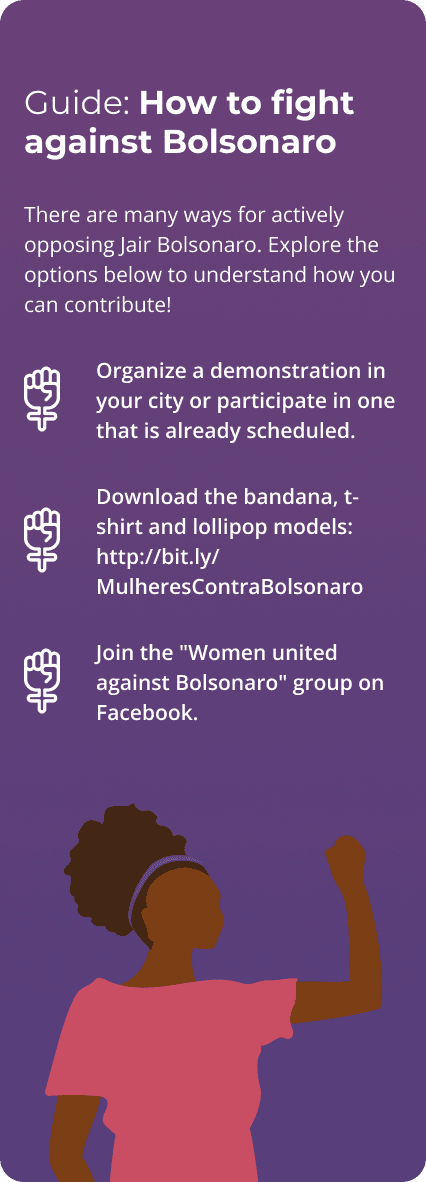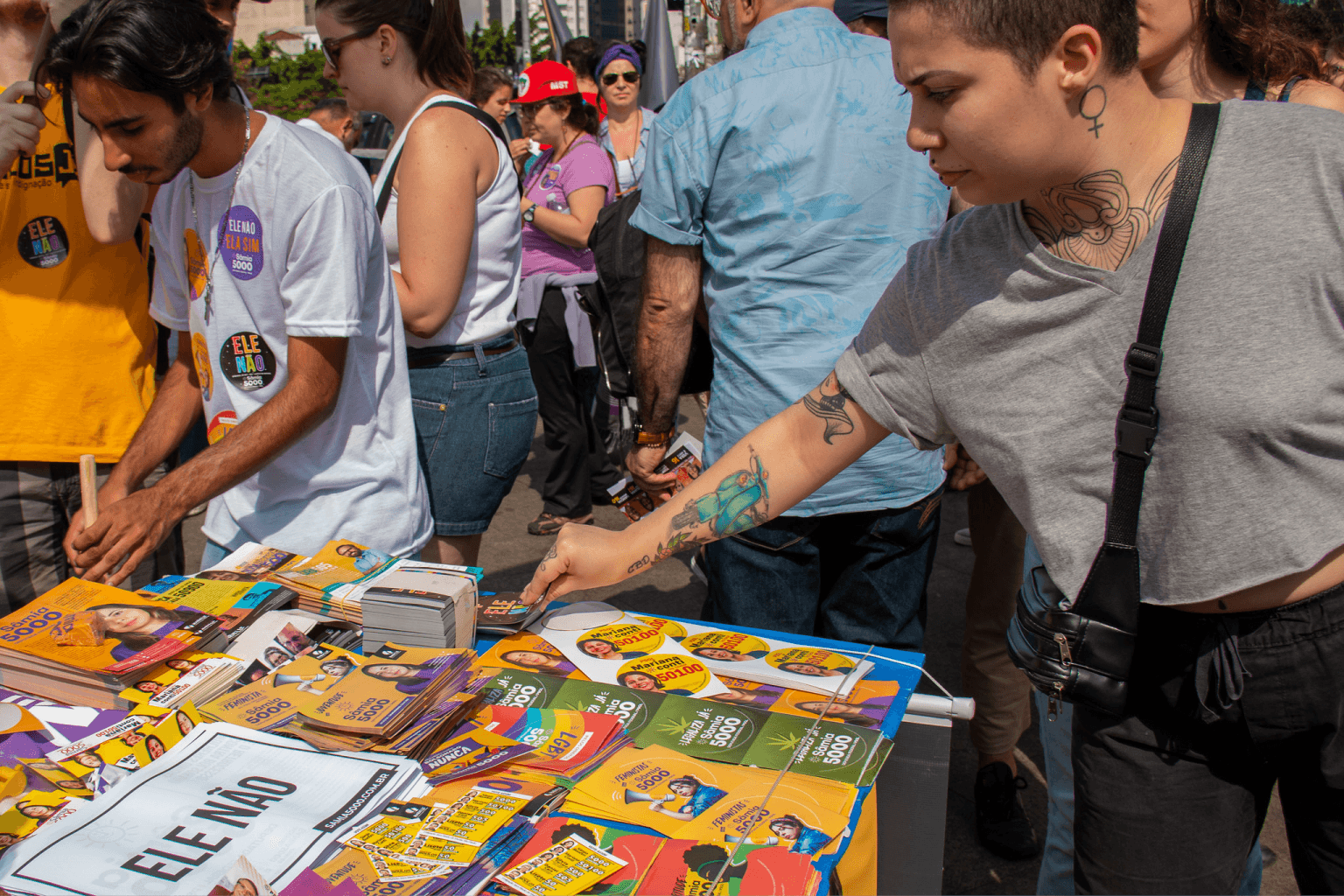2018 | Political Party
Sâmia 5000, a Political Campaign
Sâmia 5000’s electoral campaign for the Brazilian Chamber of Deputies departed from conventional methods, opting for a proactive approach that surpassed traditional vote-seeking strategies.
Design had a strategic role in this approach, crafting tools for civic engagement in both online and offline spheres. It established and disseminated the candidate’s brand and served as a critical facilitator for fostering the direct involvement of citizens in the political discourse. This integration of design within the campaign framework aimed to enhance the overall democratic experience by empowering voters to participate and contribute to the political narrative actively.
The team
01 Design lead [me]
02 Junior Designers
02 Videomakers
01 Engineer
01 Communication Lead
01 Chief of Staff
__
As lead designer, my responsibilities encompassed (i) Designing the website to enhance user experience and meet political goals, (ii) Developing a branding strategy that communicated the campaign’s values and message, (iii) Creating a range of offline and online materials, and (iv) Providing technical guidance and mentorship to two junior designers, fostering a collaborative and skilled team environment.
Results
Federal Deputy Elected
by the State of São Paulo, Brazil
249,887
Votes
R$40,783
Amount raised through donations
+600
Community headquarters across +130 cities
+1,500
Signatures in the campaign manifesto
Brazil's Electoral Process
Running for a seat in Brazil's Chamber of Deputies from São Paulo state is exceptionally challenging due to:
Large Population
São Paulo's over 44 million people present diverse interests and needsShort Campaign Time
Candidates have only over a month to campaign.Intense Competition
There are numerous candidates and political parties running for a seatResource Intensive
Financial resources are required for campaigning across such a large diverse stateComplex Electoral System
Brazil's proportional representation system complicates campaign strategies, focusing on party votes rather than individual candidates.
The Website
Collaborating with the developer, I did an online research to elucidate online mobilization patterns within political platforms. This in-depth analysis and a series of targeted user tests were instrumental in transforming the campaign’s website into a dynamic hub of engagement and participation.
The website was meticulously engineered with innovative features, each designed to maximize interaction and foster a sense of community among supporters:
Volunteering
By collecting contact information - such as name, e-mail and phone number - the website facilitated direct communication channels, not just disseminating information but also empowering supporters to participate actively in the democratic process.Financing
Receiving contributions from supporters, fostering accountability to the people and the causes it aspired to serve.Community headquarters
This feature was a game-changer in grassroots campaigning across the vast expanse of São Paulo State’s 645 cities. Supporters were encouraged to transform their homes into local campaign hubs, creating a sprawling, interconnected grassroots support network. Upon registration, these hubs were equipped with campaign materials and mailed at no cost, enhancing the campaign’s visibility and providing supporters with the tangible resources needed for active participation.
Offline & Online campaign
The offline campaign focused on creating physical materials, such as stickers and flyers, to acquaint individuals with the candidate’s program and secure support.
I’ve developed the strategy to resonate these materials with specific demographics ensuring a nuanced and inclusive outreach. One of the standout materials was a pamphlet designed for young people, which could be transformed into a poster in honor of Marielle Franco, an city council member who was assassinated in a politically motivated crime. Marielle had advocated for the rights of the working class, women and the LGBTQ+ community, making this pamphlet an emblem of the campaign’s commitment to continuing her legacy.
On the other hand, the online campaign embraced a co-creation and co-sharing approach to symbolize the campaign’s dedication to inclusivity, open dialogue, and shared ownership, underscoring that success emanated from the collective efforts of many, shaping the campaign’s narrative and impact. The social media campaign, for instance, maintained recurring themes, encompassing:
Program propaganda, to promote discussion among voters.
Fundraising campaigns to encourage financial contributions.
Presentation of endorsements to reinforce that the campaign’s success were contingent upon backing a varied and engaged community.
Ele não
During the 2018 Brazilian presidential campaign, the
“Ele Não” (Not Him) movement emerged as a society’s response to the rise of far-right candidate Jair Bolsonaro. It mobilized hundreds of thousands from diverse backgrounds throughout Brazil and countries abroad, such as Germany, France, Portugal, and Spain. Within 12 days, the hashtag #EleNão was used more than 1.2 million times in tweets. On Instagram, it was mentioned over 250,000 times. The movement also received media coverage from major platforms, like Folha de S.Paulo - one of Brazil’s leading newspapers -El País, Reuters, and The Associated Press.
Sâmia 5000 campaign integrated with the “Ele Não” movement, harnessing the power of design as a critical tool for engagement and mobilization. The design of both the online platform and physical campaign materials was central to communicating the urgency of the movement and its objectives.
The online platform promoted widespread participation by encouraging people to contribute information about protests in their respective cities by sharing details such as date, time, and location. This approach facilitated a decentralized yet cohesive dissemination of information, amplifying the movement’s impact.
It also provided an array of online and offline materials dedicated to raising awareness about concerns surrounding Bolsonaro. Physical items like stickers, lollipops, and flyers, designed as part of the campaign, were also available to download, making the movement more accessible.
Areas for improvement
1. Strategic Communication Analysis
While monitoring online feedback provided valuable insights into the public’s understanding of her speech, supplementing this with targeted focus groups could have provided critical feedback on language clarity, persuasiveness, and overall impact.
2. Expanding Citizen Participation
The campaign was set at the tokenism stage of Sherry Arnstein’s “A Ladder of Citizen Participation” framework. It could have advanced beyond hearing citizens to a stage where they possessed decision-making authority, being able to negotiate terms.
Takeaways
1. Decisive Political Positioning
The experience with the #EleNão campaign underscores the critical importance of having a clear and firm stance in political scenarios. The candidate’s popularity notably increased after engaging with it by joining protests and creating content - such as the website and offline material.
2. Real-Time Feedback
Feedback received from volunteers and the public during pamphleting was instrumental in shaping and improving the campaign’s design strategy. This direct engagement with the electorate provided essential insights into voter perceptions and needs, allowing for agile and effective campaign adjustments.




